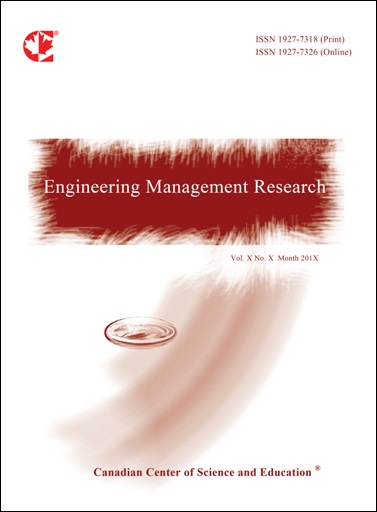Use of KEVLAR ® 49 in Aircraft Components
Abstract
Aircraft industry is also finding its way to adapt on the increasing demand not only considering aircraft safety and customer requirements, but also on the increasing legislative requirements in terms of resource efficiency and gas emissions. This document explores Kevlar 49’s application on aircraft components and why this material is specifically selected for such applications above any other Kevlar type of materials. Its functions, properties, advantages and disadvantages are discussed together with some alternative materials in lieu of Kevlar 49. In order to provide credible information, literature search was conducted using significant keywords in Google Scholar and journal repository Deepdyve. Kevalr ® 49 is considered an exceptional material for reinforcement to produce aircraft components. It has high tensile strength, lightweight, inert on some conditions, stiff, and resilient. However, Kevlar’s has poor compressive strength, workability and is overly stiff for some applications. Another disadvantage is its cost, though it was shown to belong to a middle ranged material relative to carbon fiber and Boron. But overall, there are extensive applications in aircraft components that are now continuously using this material as reinforcement with other materials like carbon and boron to arrive on an ideal blend of product.
 PDF
PDF
